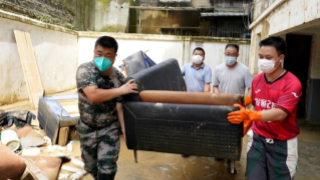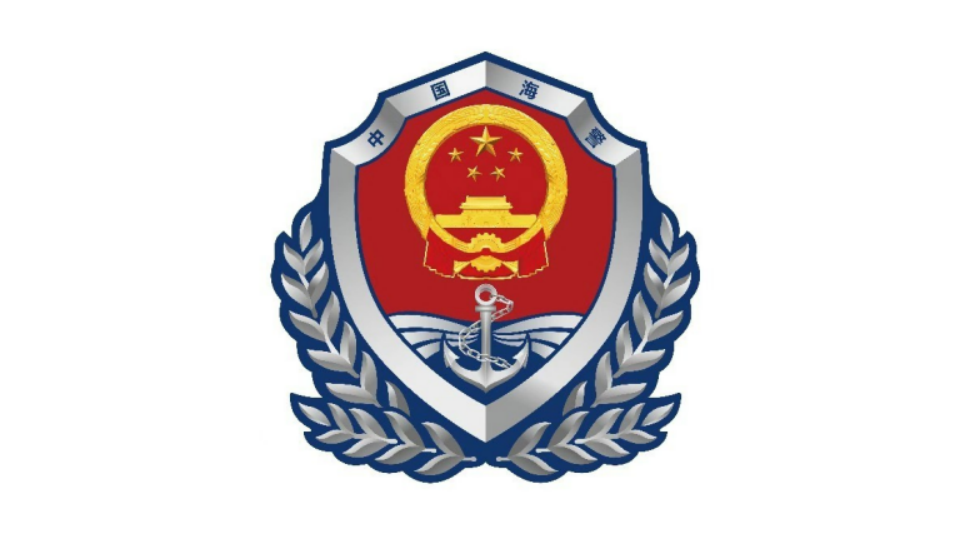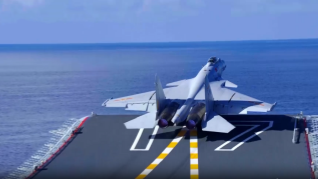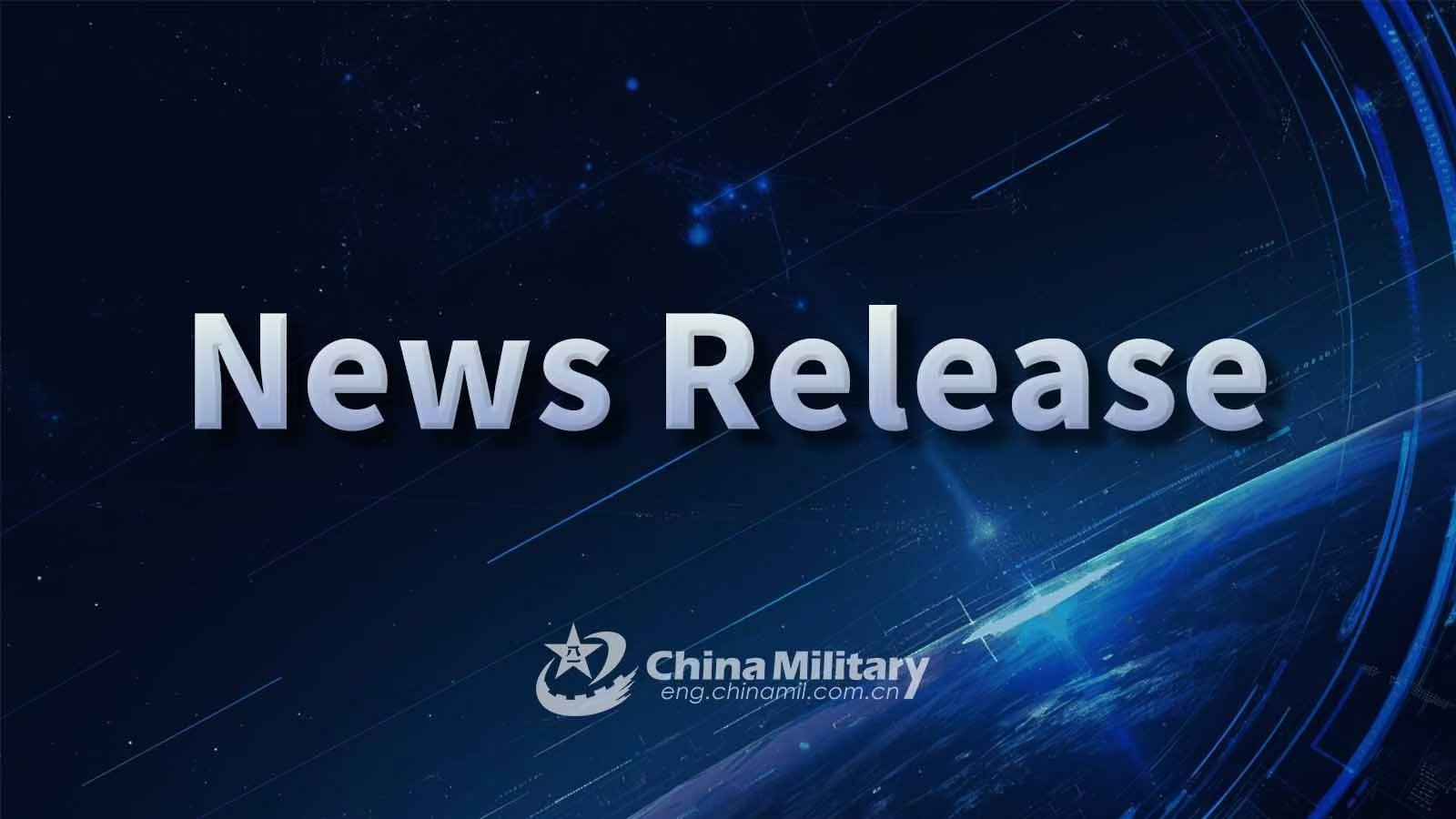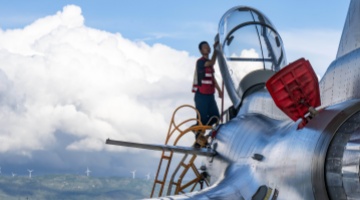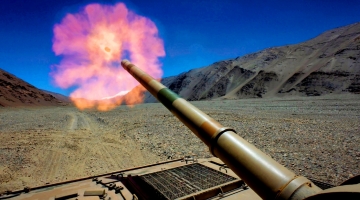
The picture shows a model of Japan's OZZ-5 unmanned underwater vehicle.
日本OZZ-5无人潜航器模型。
By Hao Wen
颢 文
Recently, Japanese media revealed that the Japan Maritime Self-Defense Force (JMSDF) has received two types of unmanned underwater vehicles (UUVs) and has begun performance testing to explore their potential applications in combat. The two UUVs received are the French SeaExplorer X2 and the US Slocum G3.
近日,日本媒体披露,日本海上自卫队已接收两款无人潜航器,并展开性能测试,探索其在作战领域的应用方式。此次日本海上自卫队接收的两款无人潜航器,分别为法国“海洋探索者”X2和美国“斯洛克姆”G3。
In fact, Japan's Ministry of Defense has been actively promoting the development of domestically-produced UUVs. Currently, Japan is developing two types of UUVs primarily for communication relay and underwater anti-submarine missions. Among them, the OZZ-5 produced by Mitsubishi Heavy Industries has autonomous navigation capabilities and a certain level of intelligence, allowing it to conduct long-duration reconnaissance and mine countermeasure operations underwater. In addition, Japan is seeking joint development efforts within the framework of its alliance system and has signed an agreement with Australia to co-develop UUVs.
事实上,日本防卫省一直在推动国产无人潜航器研制。目前,日本正在研发两种型号的无人潜航器,主要用于通信中继、水下反潜等任务。其中,三菱重工生产的OZZ-5无人潜航器具备自主航行能力和一定智能化水平,能够在水下长时间侦察搜索,执行反水雷作战任务。此外,日本在盟友体系框架内寻求联合研发,已与澳大利亚签署协议,合作研发无人潜航器。
In recent years, the Japanese government has accelerated the development of unmanned weapon systems and formulated a three-step plan for underwater unmanned combat operations. First, it aims to integrate imported equipment and develop UUVs domestically. Second, it plans to achieve manned and unmanned collaborative operations. Third, it attempts to establish an independent UUV combat squadron by 2035 and build an autonomous underwater combat network.
近年来,日本政府加快发展无人武器,制订了水下无人作战“三步走”计划。第一步,整合进口装备,自主开发无人潜航器。第二步,实现有人/无人协同编队作战。第三步,2035年前组建独立无人潜航器作战中队,构建水下自主作战网络。
The JMSDF is focusing on two main areas in terms of combat applications.
在作战应用上,日本海上自卫队围绕两个重点展开。
First, it aims to enhance reconnaissance, surveillance, and infiltration capabilities in specific maritime zones. In the early stages, UUVs will mainly be used for seafloor mapping, collecting critical hydrological data, monitoring the movements of potential adversary vessels, and transmitting data in real time. It is reported that Japan plans to prioritize deploying UUVs in the area between Okinawa and the Philippine Sea to monitor access routes of the Pacific.
一是提升特定海域侦察、监视和渗透能力。无人潜航器前期主要用于海底地形测绘、采集关键水文数据、监视潜在作战对手舰艇动向,并实时回传数据。据悉,日本计划将无人潜航器优先部署于冲绳至菲律宾海域,监视太平洋进出通道。
Second, it aims to develop asymmetric underwater combat capabilities. Japan hopes to use the low noise and small-sized UUVs to conduct close-in reconnaissance and carry out "no-warning" raids combined with seabed sensors. By deploying large numbers of micro and small UUVs, Japan intends to use numerical superiority to deplete high-value enemy assets such as warships.
二是发展水下非对称作战能力。日本期望借助无人潜航器低噪声、小尺寸等特性进行抵近侦察,结合海底传感器,实施“无预警”突袭。通过大量部署微小型无人潜航器,以数量优势消耗潜在作战对手舰艇等高价值装备。
Japan's advancement in UUV development and deployment is a prominent example of its shift in defense strategy from "exclusively defense-oriented policy" to "proactive offense." Japan's attempts to reshape its underwater combat posture and develop asymmetric underwater warfare methods pose new risks to regional security, thus warranting vigilance from neighboring countries.
日本推进无人潜航器研发和部署,是其防卫战略从“专守防卫”向“主动进攻”转变的又一突出表现。日本意图重塑水下作战布局,发展水下非对称作战手段,给地区安全带来新风险,值得周边国家警惕。





